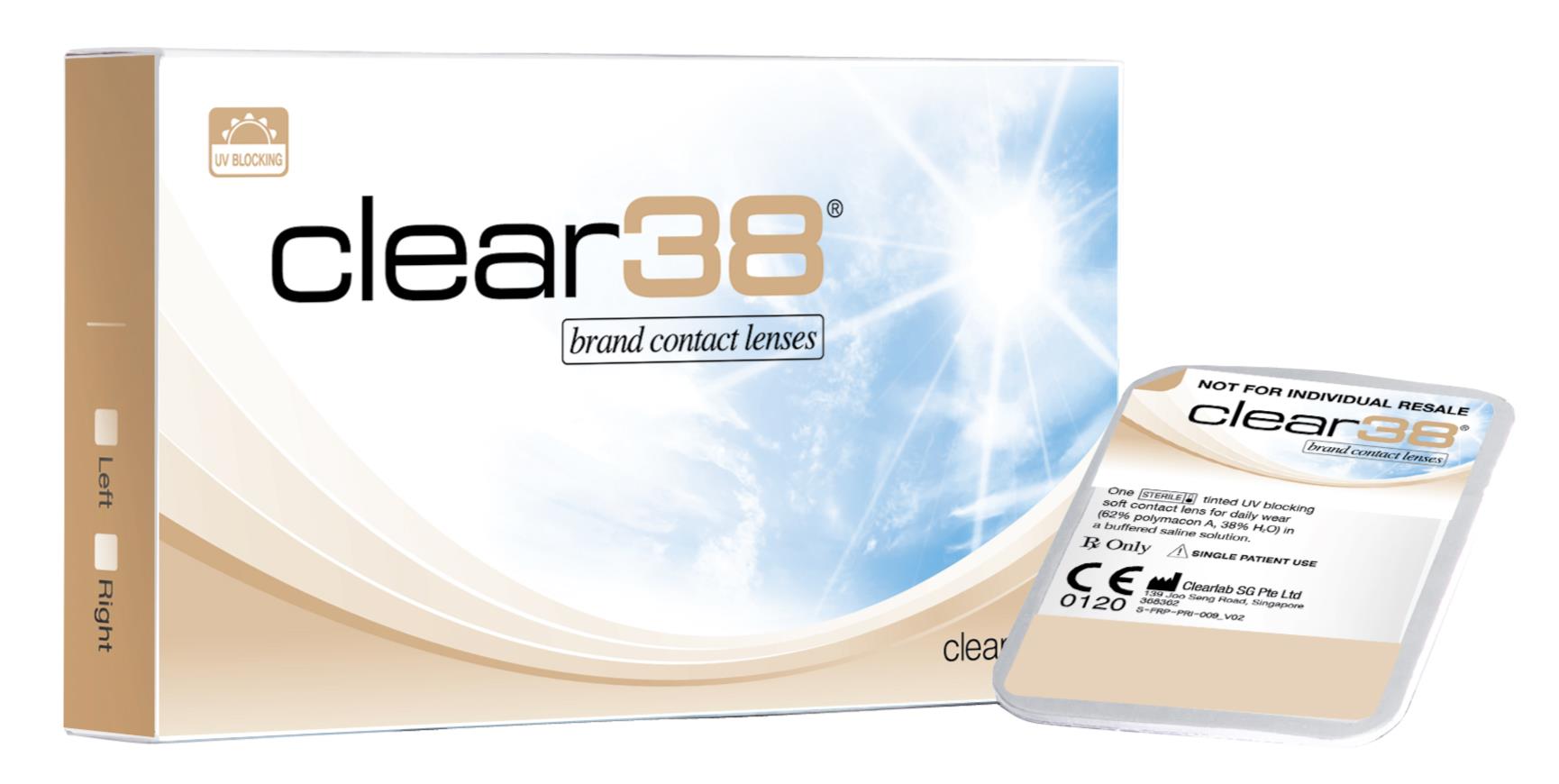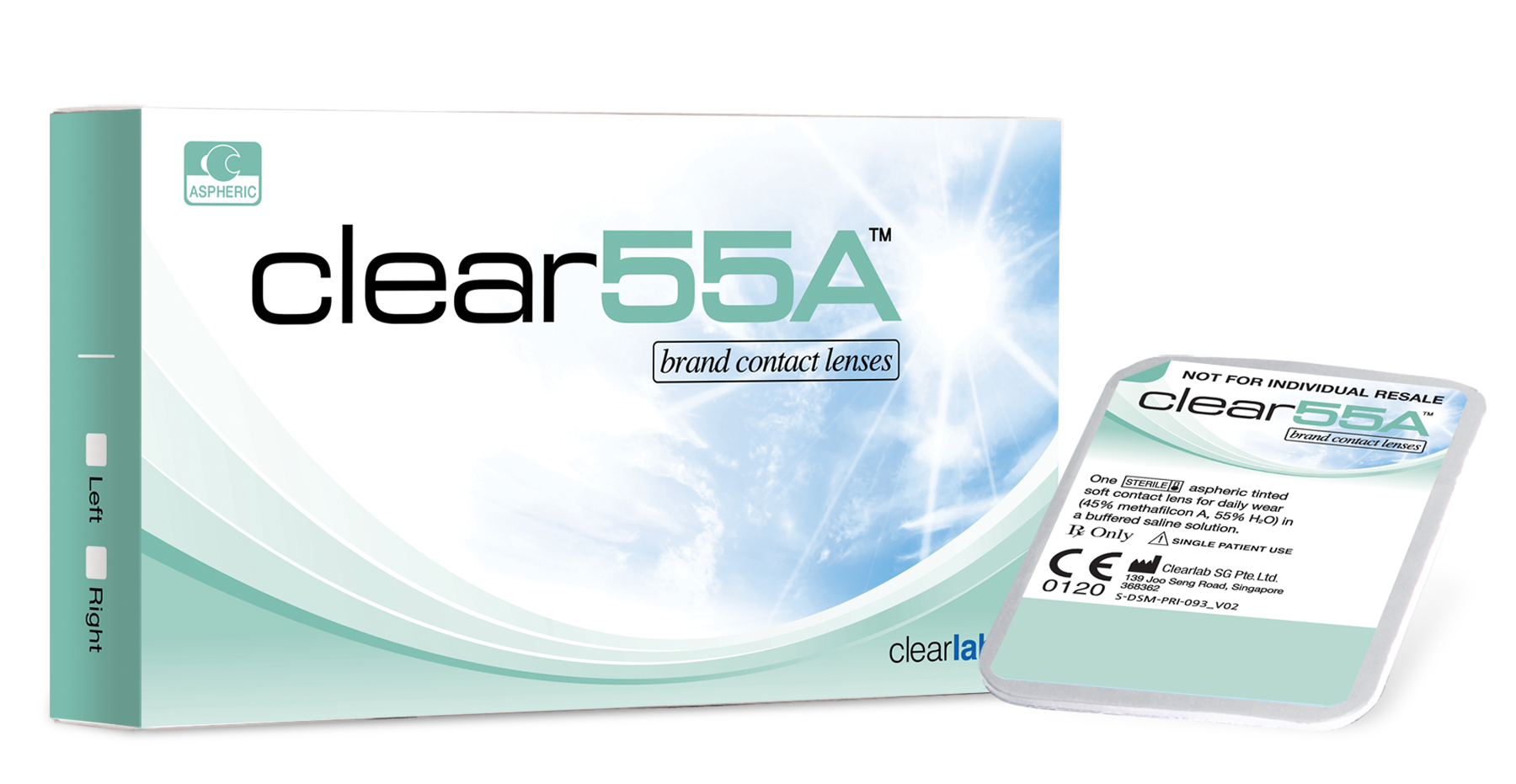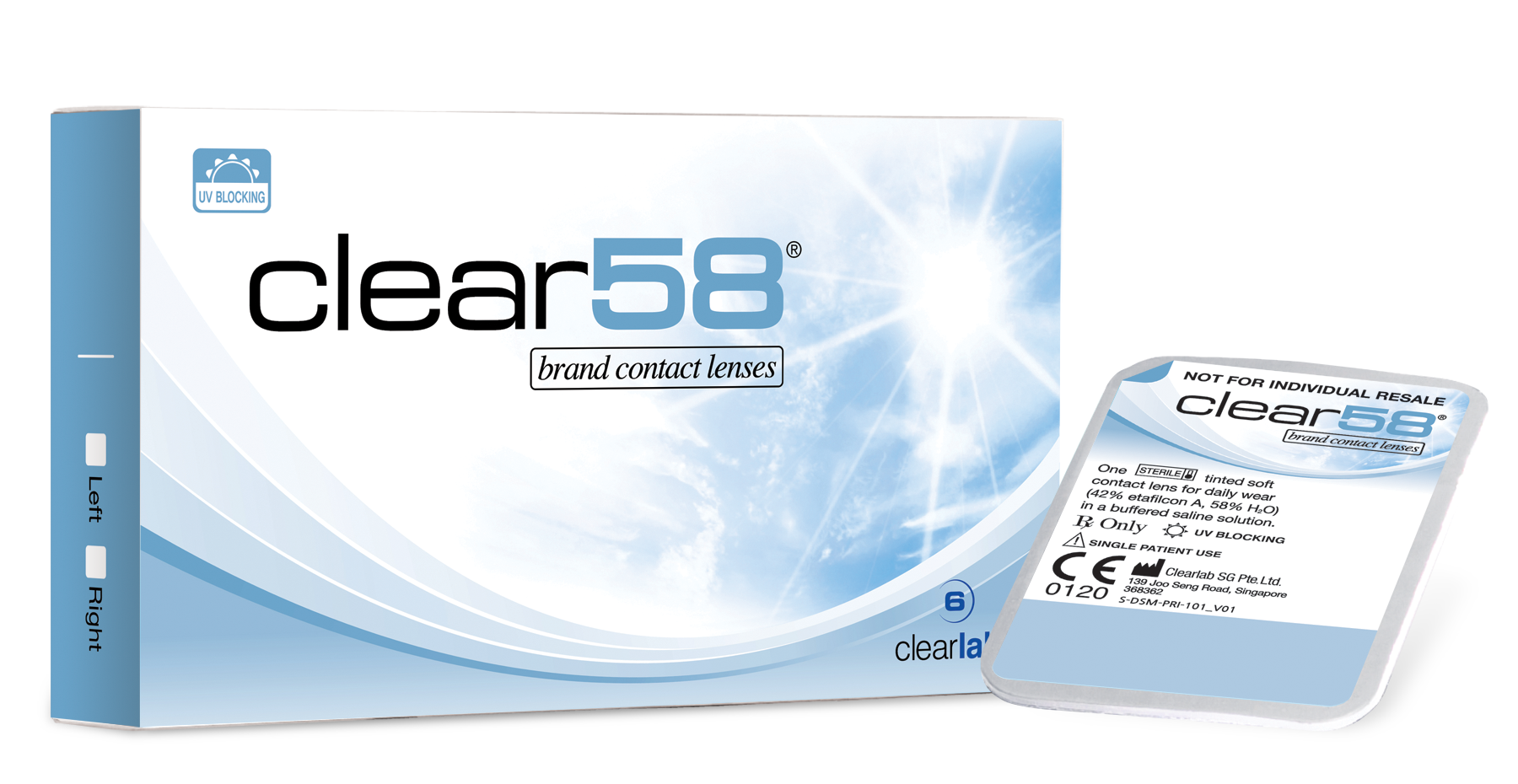Evolving lifestyles of contact lens wearers in the 21st century place increasing demands on the performance of their lenses. In particular, frequent air travel, longer wearing expectations and computer use pose significant challenges to conventional designs and materials. End of day dryness, discomfort and disminished vision are typical symptoms.Wearers search for products that enhance comfort and vision, improve ocular health, and provide increased level of convenience to suit their demanding lifestyles. Satisfying wearers needs, along with those of practitioners, will only be achieved through continuous innovation in products and services.
clearlab® is committed to investing resources into developing innovative new products that meet evolving market requirements. The company’s engineers and scientists, together with leading clinical experts, successfully introduced the world’s first biocompatible daily disposable lens in 2004. This was the beginning of a new innovative product pipeline based on our AQUAGRIPTM technology and world renown biocompatible hioxifilcon A material. The wearing benefits ofAQUAGRIPTM technology were also extended to wearers of frequent replacement lenses.
MATERIALS INNOVATION
AQUAGRIPTM – bringing the benefits of biocompatibility to wearers Contact lens wearers can now receive the ocular benefits and convenience of Clearlab®’s innovative biocompatible material AQUAGRIPTM :
• Enhanced comfort, especially at end of day
• Increased wearing times
• Improvements in ocular health
• Ease of handling and fitting
The Search Continues – Our investment in improving the performance of contact lenses through better materials continues, both internally and in partnership with leading research bodies. The areas we are investigating include:
• Higher dk materials – to enhance ocular health
• Alternative polymer types that target ocular dryness and deposition
• Storage efficacy
INNOVATION IN LENS DESIGN
Improving wearer’s vision through wavefront technology. The biocompatible Clearall-day™ lens has been enhanced with aberration correcting aspheric optics to optimize the overall wearing experience. The optics incorporate innovative wavefront design and technology which enhances wearers vision providing:
• Optimized visual acuity across the power range
• Improving contrast sensitivity, particularly important to night time vision
• Improved vision for wearers with low levels of astigmatism
The Search Continues – Through attention to detail in all aspects of lens design, optics, edge profile, lens thickness and the understanding of the interface with lens materials, clearlab®’s lens designers are recognized for their innovation in a wide range of modalities. We continue to develop innovative designs that both improve visual performance for wearers with myopia, hypermatropia, astigmatism and presbyopia and also deliver the benefits of advanced biocompatible materials. Greater comfort, less corneal distress and improved end of day and wetting are just a few of the improvements in ocular health that the wearer can expect.
INNOVATION IN ALL OUR ACTIVITIES
For clearlab® innovation does not apply only to the products we offer, it spans all aspects of our business. Our production engineers strive for state of the art processes to ensure we are able to maintain a competitive advantage for our customers and provides value added products for lens wearers.
|
EXCELLENT COMPATIBILITY Ocular biocompatibility allows a material to contact the eye without causing an allergic, hypersensitive or other adverse reaction. A material’s biocompatibility is determined principally by its surface properties, which depend on the material itself, the way it is processed, or by altering the surface chemistry via coatings. |
|
| The key structural features of the saccharide units in mucin which serve to bind water are the hydroxyl groups (H–– O) present on each sugar repeat unit. Generally, there are three hydroxyl groups on each unit, all of which are capable of hydrogen bonding with water. Two of these hydroxyl groups are on adjacent carbon atoms, in an arrangement termed a vicinal diol. The hydroxyls of a vicinal diol are incapable of hydrogen bonding with each other but, importantly, can bond to a water molecule in a co-operative manner, that is one OH group acts as a hydrogen bonding donor to the water molecule, and the second acts as a hydrogen bonding acceptor. The water molecule therefore becomes very strongly bound to the saccharide units. Furthermore, the bound water molecule is capable of hydrogen bonding to further water molecules leading to a structured, loosely bound water layer. (refer to Figure 1) |
 |
 |
The properties that mucin gives to the ocular surface have many of the characteristics desirable in a contact lens material. It therefore follows that the inclusion of a similar structure in a contact lens polymer will also lead to enhanced water binding, and thus greater dehydration resistance. Since the strongly bound water is unavailable to act as a solvent, the polymer will also show enhanced spoilation resistance.Comprised of a copolymer of HEMA and GMA, AQUAGRIPTM bears many of the essential features of an oligosaccharide and has excellent biocompatibility. |
| AQUAGRIPTM’s non-ionic properties together with its dehydration resistance, reduces protein deposition and creates: + a more stable pre lens tear film + spoliation resistance and hence fewer complications, thereby enhancing comfort and improving visual acuity. | |


 Ultra Thin and Cornea Contoured Design
Ultra Thin and Cornea Contoured Design Tri-Channels technology
Tri-Channels technology











